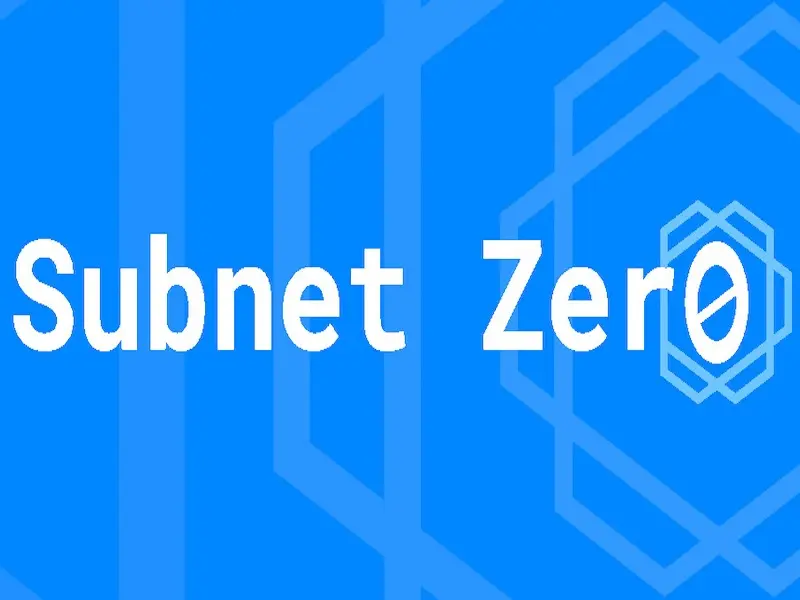- Subnet Zero refers to the first subnet in an IP address block, historically avoided but now widely accepted and utilised.
- It plays a key role in optimising the use of IP addresses, especially in environments where efficient address management is crucial.
Understanding subnet zero
Subnet Zero is the first subnet that is created when an IP network is divided into smaller subnets. In the past, network administrators often avoided using Subnet Zero due to concerns that it could be confused with the network’s base address, potentially leading to configuration errors. However, as networking technologies and standards have advanced, this caution has largely been abandoned.
Modern networking equipment and protocols are designed to handle Subnet Zero without any issues, making it a viable and practical option for network segmentation. This change allows organisations to maximise their use of available IP addresses, which is particularly important in networks where IP address space is a valuable and limited resource.
Importance of subnet zero in IP address management
In an IPv4 addressing scheme, the number of available IP addresses is finite, and efficient utilisation of these addresses is critical, especially as the demand for IP-enabled devices continues to grow. By incorporating Subnet Zero into the network design, administrators can use all available subnets within an IP range, effectively increasing the number of usable IP addresses.
This practice is especially important in larger networks or environments with strict IP address allocation policies, where every available address counts. Utilising Subnet Zero helps avoid wastage of IP address space, ensuring that organisations can support a growing number of devices and services without needing to allocate additional address blocks prematurely.
Also read: Maximise network efficiency: Basic steps to increase bandwidth
Also read: Understanding vulnerability scanning: Key processes and types
How subnet zero enhances network flexibility
Another benefit of using Subnet Zero is the flexibility it provides in network design. By not excluding any subnets, network administrators have more options when creating and managing subnetworks within a larger IP block. This flexibility can be critical in dynamic network environments where changes and expansions are frequent, and efficient IP address management is essential.
Overall, Subnet Zero is a concept that highlights the evolution of networking practices and the importance of maximizing resources in modern network design. Its acceptance and use in today’s networks underscore the shift toward more efficient and flexible IP address management strategies.

